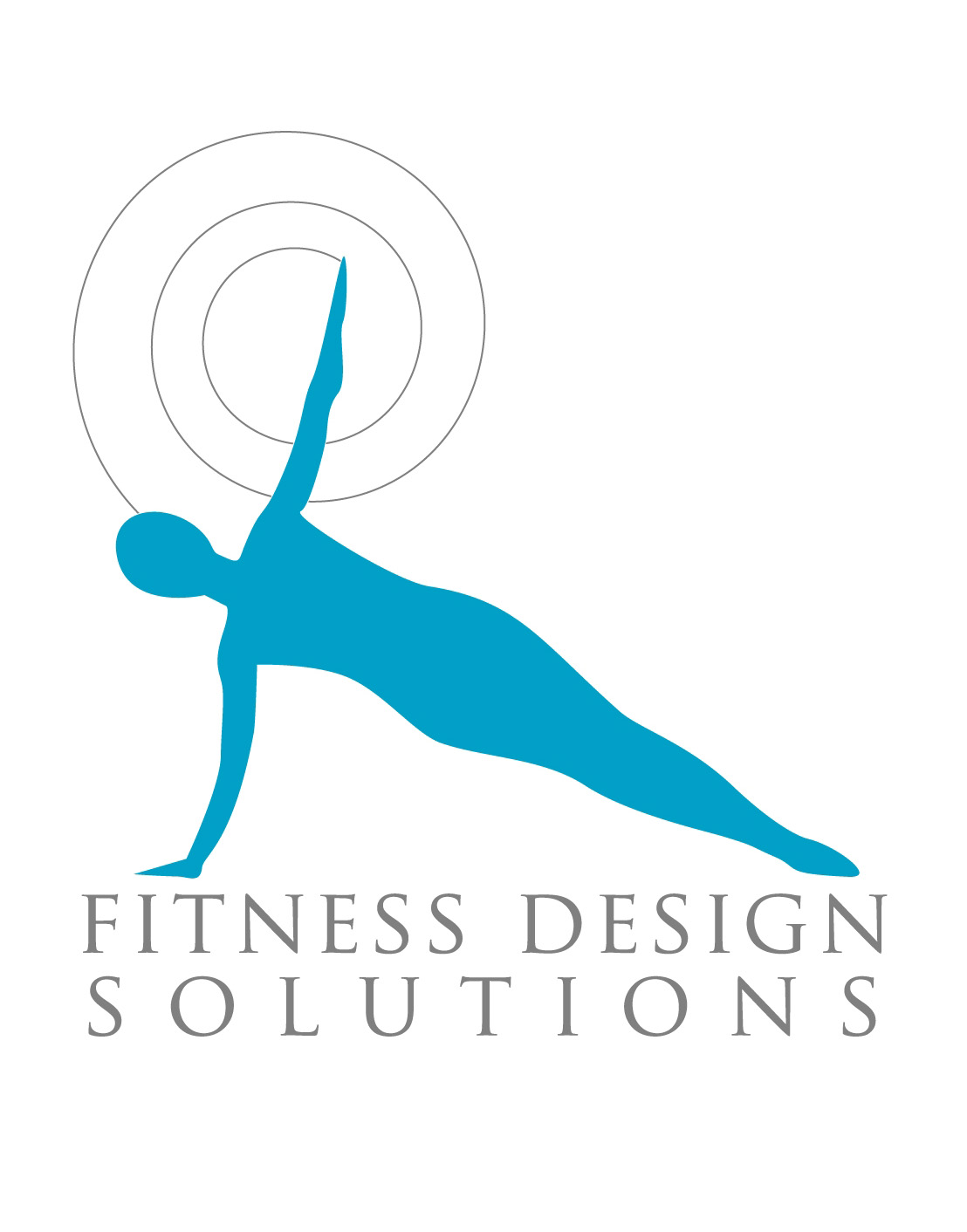
Yoga can be traced back to The Yoga Sutra of Pantanjali, written down in approximately 200 AD. The Yoga Sutras teach yoga as an 8 limbed system.
• Yamas – Self Restraints
• Niyamas – Observances
• Asana – Physical practice
• Pranayama – Control of Breath/Life Force
• Pratyahara – Control of the senses
• Dharana – Concentration (focusing, attention)
• Dhyana – Meditation (reflection, observation)
• Samadhi – Union with the Divine
You will see that the physical practice of the yoga poses, called Asana, is just one of the 8 limbs. Depending upon the style of yoga you practice you may regularly incorporate up to 3 of the 8 limbs in your westernized practice; Asana, Pranayama, and Dharana. The asanas, or poses, were originally performed to prepare the body for long periods of sitting during meditation. In our 21st century world we find a population that is sedentary for long periods; however not a population that is participating in an exercise practice or allowing quiet time for relaxation. The result is an increase in obesity, especially among children, increased back pain (80% of our population will be seen by a doctor for back pain in their lifetime), increasingly poor posture and an inability to disconnect from our multi-tasking, electronically driven world.
Today there are many styles of yoga available to us; Anusara, Ashtanga, Bikram, Hatha, Integral, Iyengar, Kundalini, Power Yoga, Viniyoga, Vinyasa, and Yoga Therapy, to name a few. Yoga Journal does a great job providing a “Guide to Yoga Styles” with high level overviews of popular styles and a fun “Yoga Style Quiz” to take to see what your ideal style might be. Mine was Yoga Therapy, which is perfect since that happens to be my favorite kind!
All yoga is good. But make no mistake, not all yoga is good for everyone.
It is common that once a teacher starts down a teacher training path in Yoga, you choose a path and stay the course. I have been fortunate in that my foundational introduction to teacher training was a Hatha approach. Hatha yoga is generally an eclectic form of yoga that references different styles. In my initial practice I gravitated toward a Yinyasa or Power type yoga, more of a constant moving, flowing workout. As I moved into the area of teaching I was fortunate to find an eclectic school with influences from Ashtanga, Power Yoga, Yinyasa, and Iyengar. This provided a good basis of a breath of postures. As I have continued on with advanced training, I have moved in a Yoga Therapy direction. I am now studying Yapana with LeeAnn Carey. This style of yoga takes a skills approach to the asana practice. Through the use of props (blocks, straps, bolsters, blankets, and sandbags) the pose is brought to the student where you are on that day, as opposed to trying to bend yourself to the pose.
So if a slow flowing, restorative yoga class sounds like it might be a fit for you, I would love to see you in my studio!

